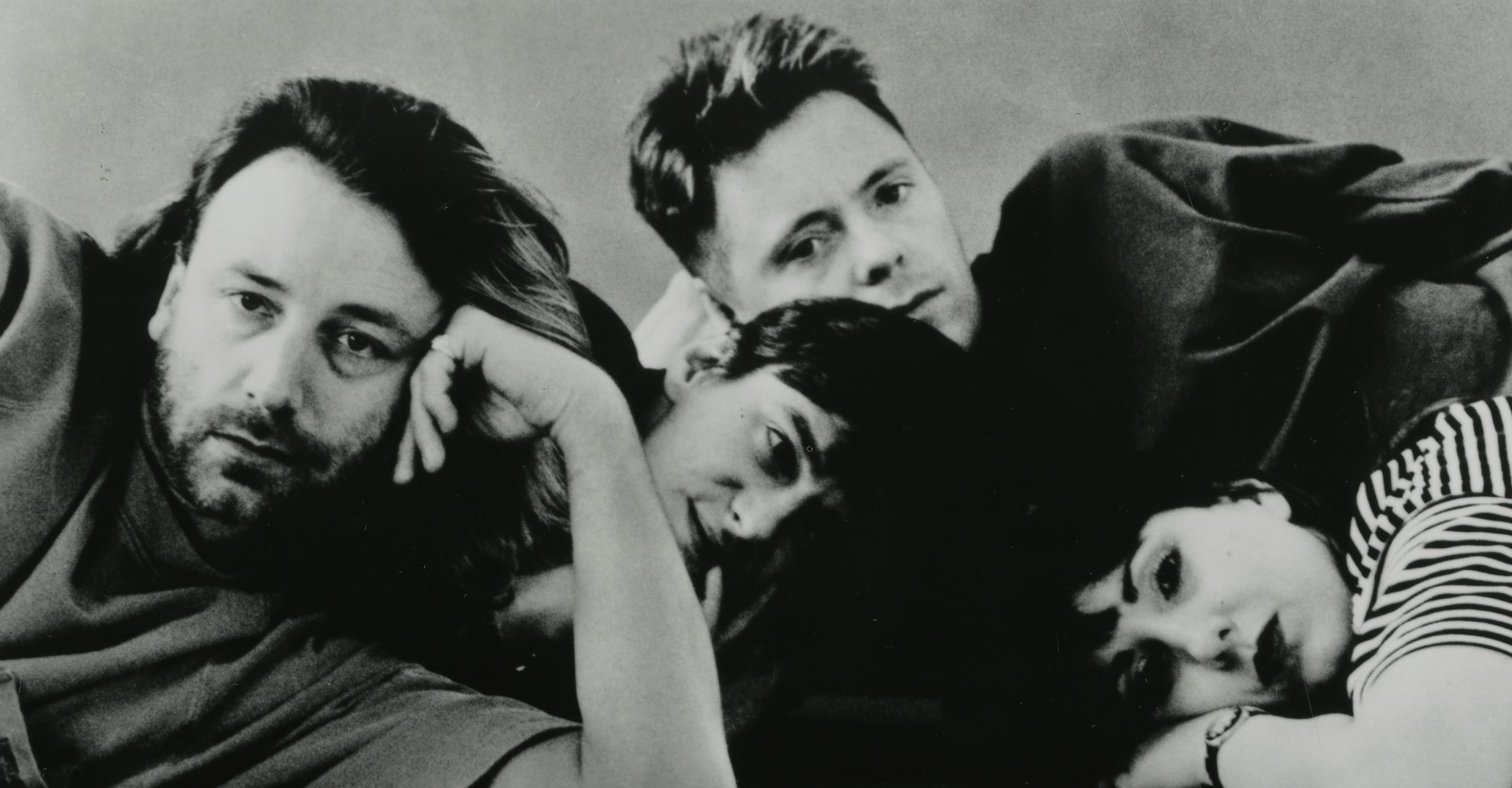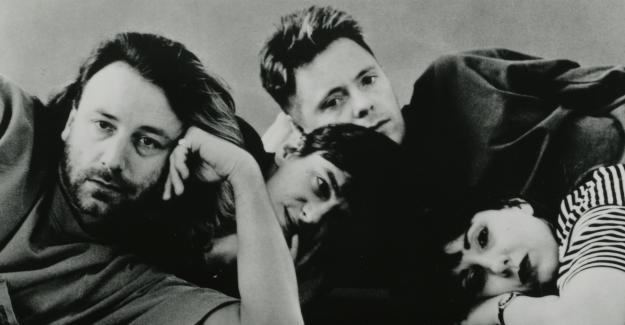Rising from the ashes of the legendary British post-punk unit Joy Division, the enigmatic New Order triumphed over tragedy to emerge as one of the most influential and acclaimed bands of the 1980s; embracing the electronic textures and disco rhythms of the underground club culture many years in advance of its contemporaries, the group's pioneering fusion of new wave aesthetics and dance music successfully bridged the gap between the two worlds, creating a distinctively thoughtful and oblique brand of synth pop appealing equally to the mind, body, and soul.
New Order's origins officially date back to mid-1976, when guitarist Bernard Sumner (formerly Albrecht) and bassist Peter Hook -- inspired by a recent Sex Pistols performance -- announced their intentions to form a band of their own. Recruiting singer Ian Curtis and drummer Stephen Morris, they eventually settled on the name Joy Division, and in 1979 issued their landmark debut LP, Unknown Pleasures. After completing sessions for Joy Division's sophomore effort, Closer, Curtis hanged himself on May 18, 1980; devastated, the remaining trio immediately disbanded, only to re-form soon after as New Order with the addition of keyboardist Gillian Gilbert. With Sumner assuming vocal duties, the new group debuted in March 1981 with the single "Ceremony," a darkly melodic effort originally composed for use by Joy Division.
The LP Movement followed a few months later, and when it too mined territory similar to New Order's previous incarnation, many observers were quick to dismiss the band for reliving former glories. However, with its next single, "Everything's Gone Green," the quartet first began adorning its sound with synthesizers and sequencers, inspired by the music of Kraftwerk as well as the electro beats coming up from the New York underground; 1982's "Temptation" continued the trend, and like its predecessor was a major favorite among clubgoers. After a yearlong hiatus, New Order resurfaced in 1983 with their breakthrough hit "Blue Monday"; packaged in a provocative sleeve designed to recall a computer disc, with virtually no information about the band itself -- a hallmark of their mysterious, distant image -- it perfectly married Sumner's plaintive yet cold vocals and abstract lyrics with cutting-edge drum-machine rhythms ideal for club consumption. "Blue Monday" went on to become the best-selling 12" release of all time, moving over three million copies worldwide.


